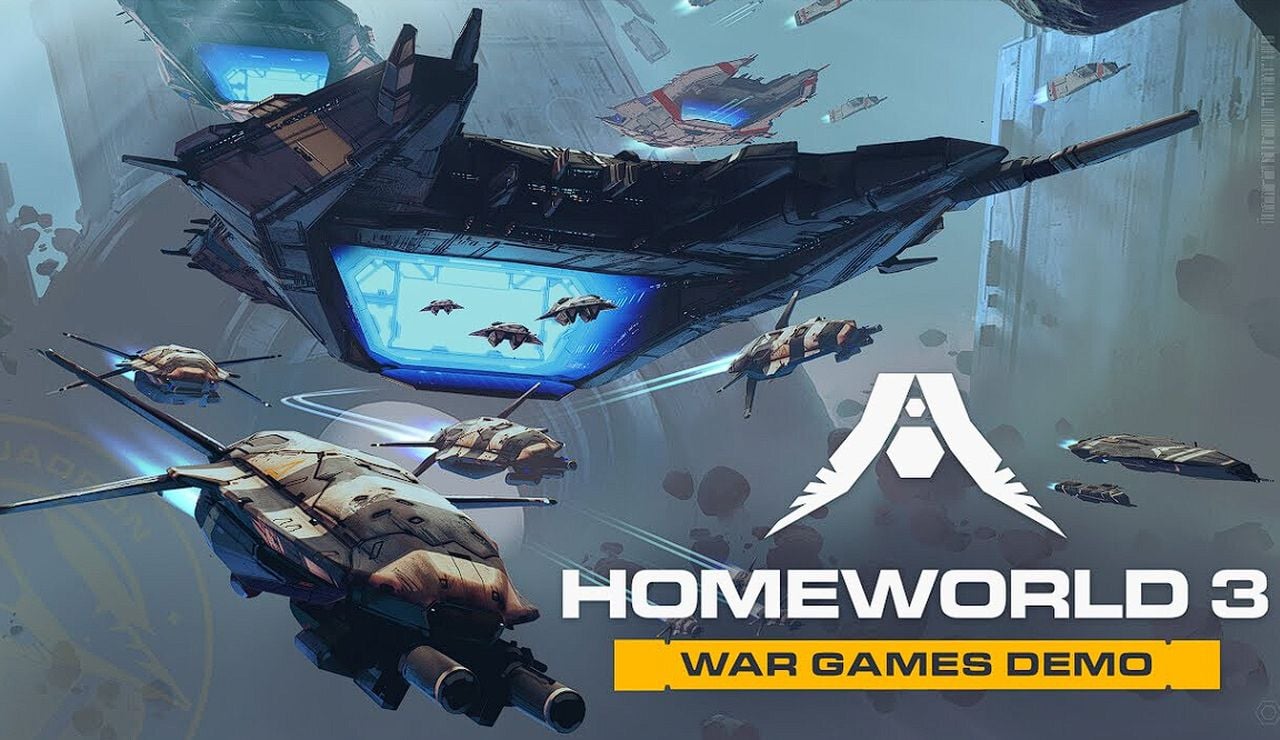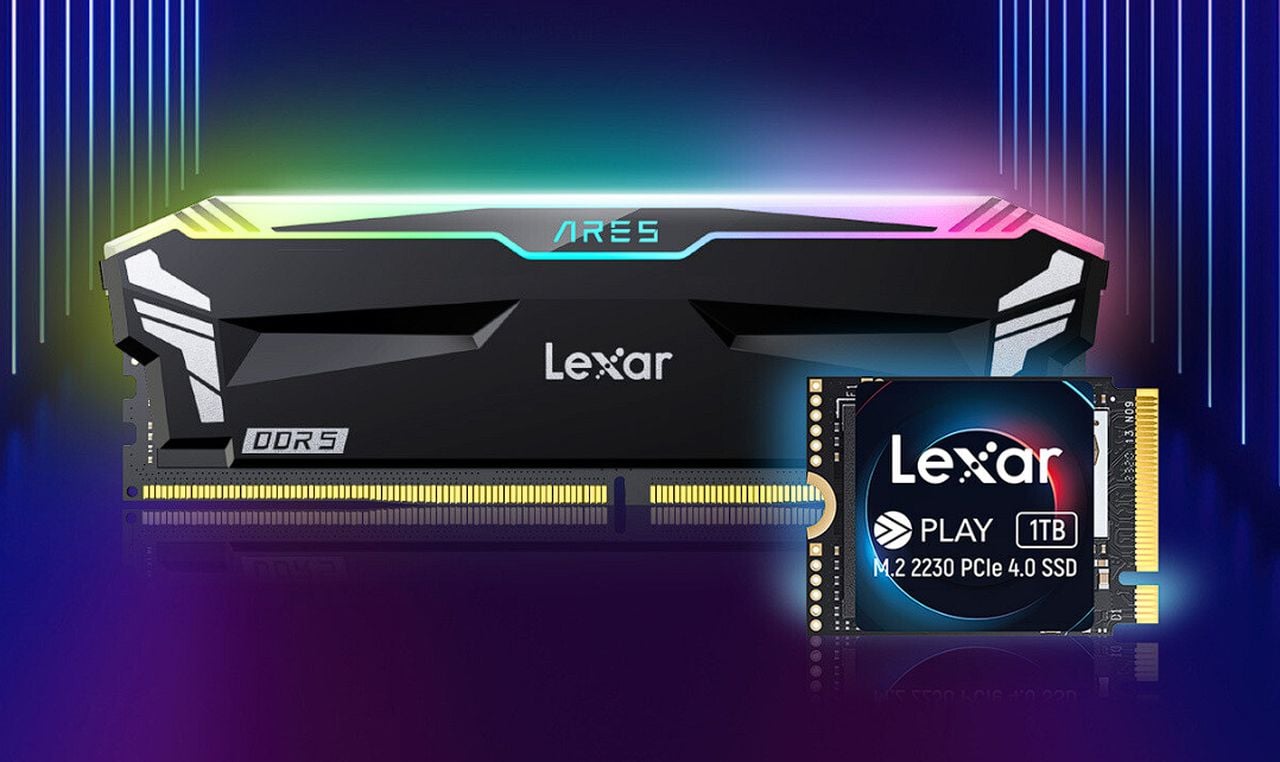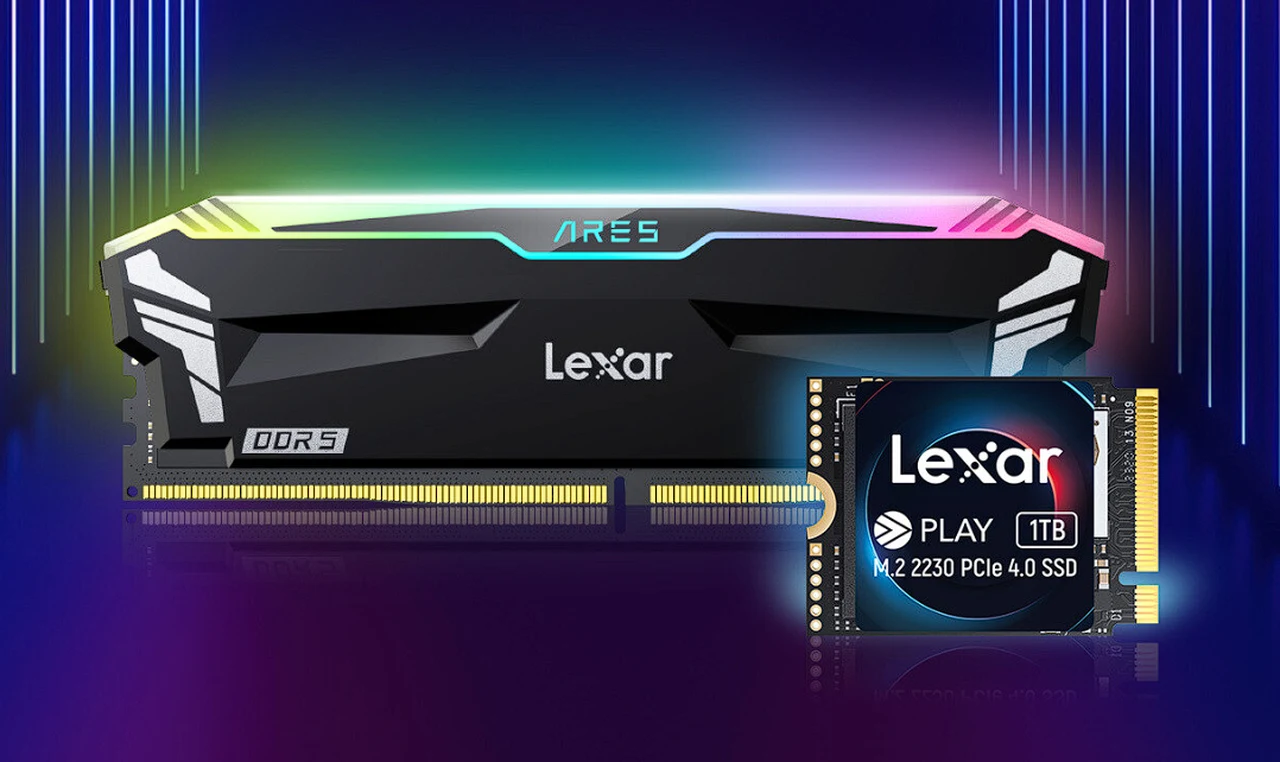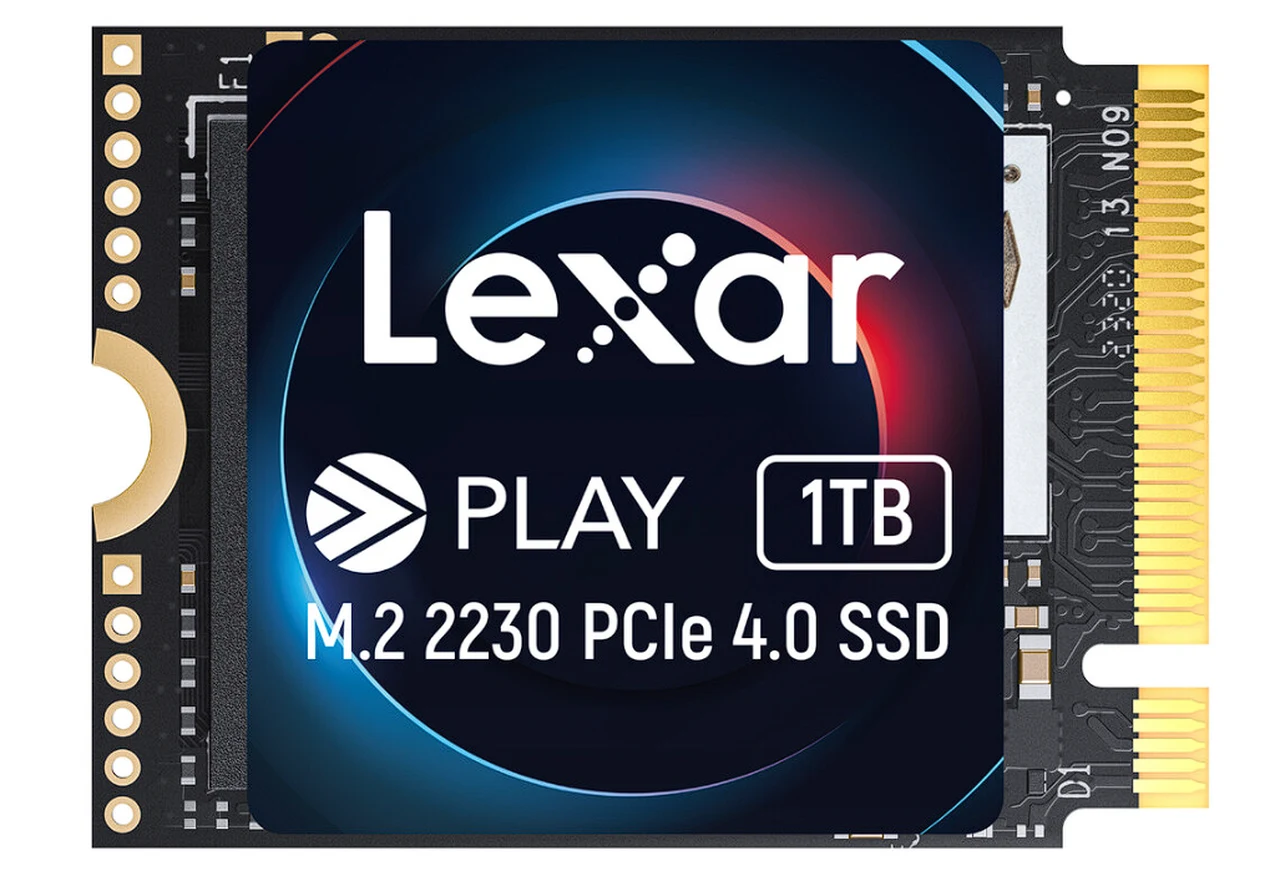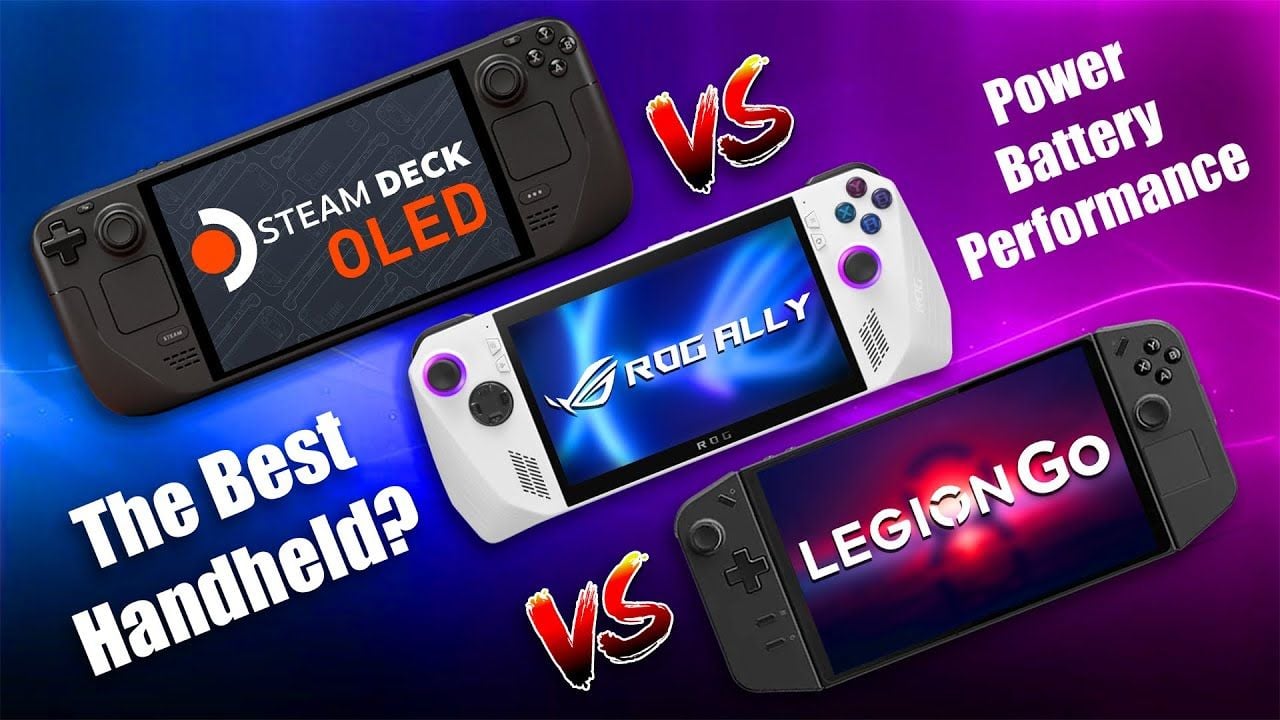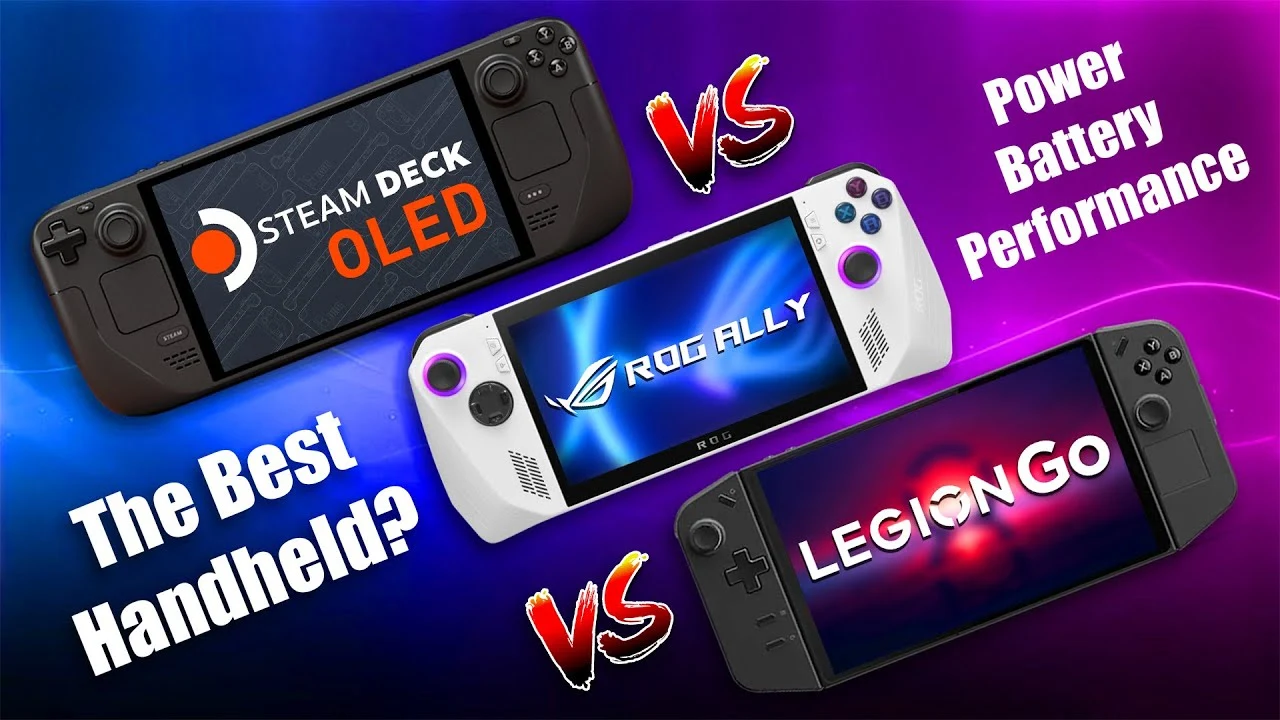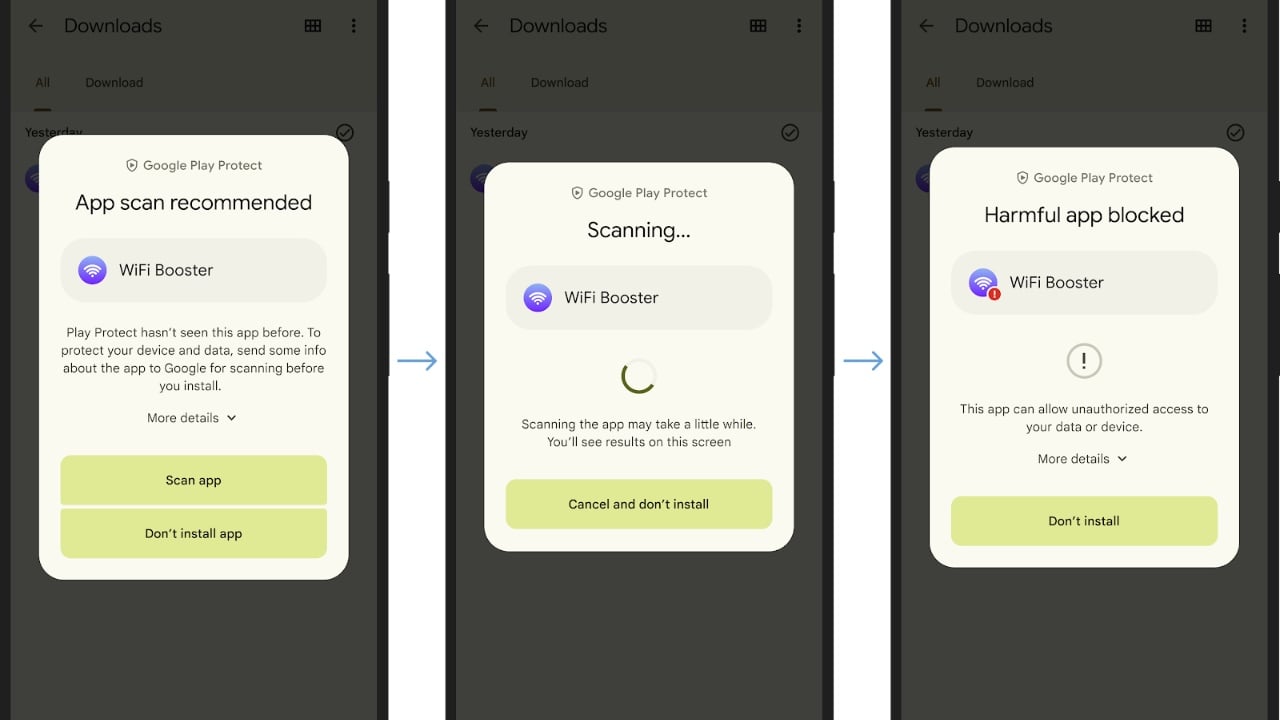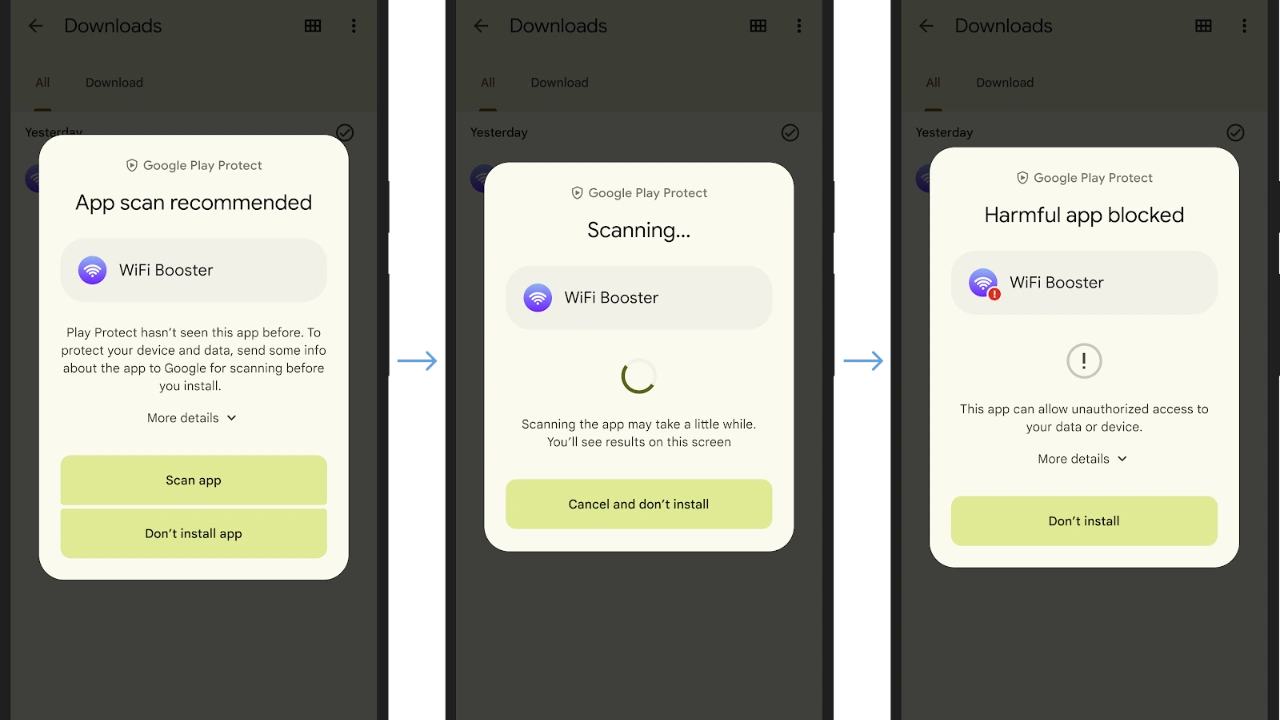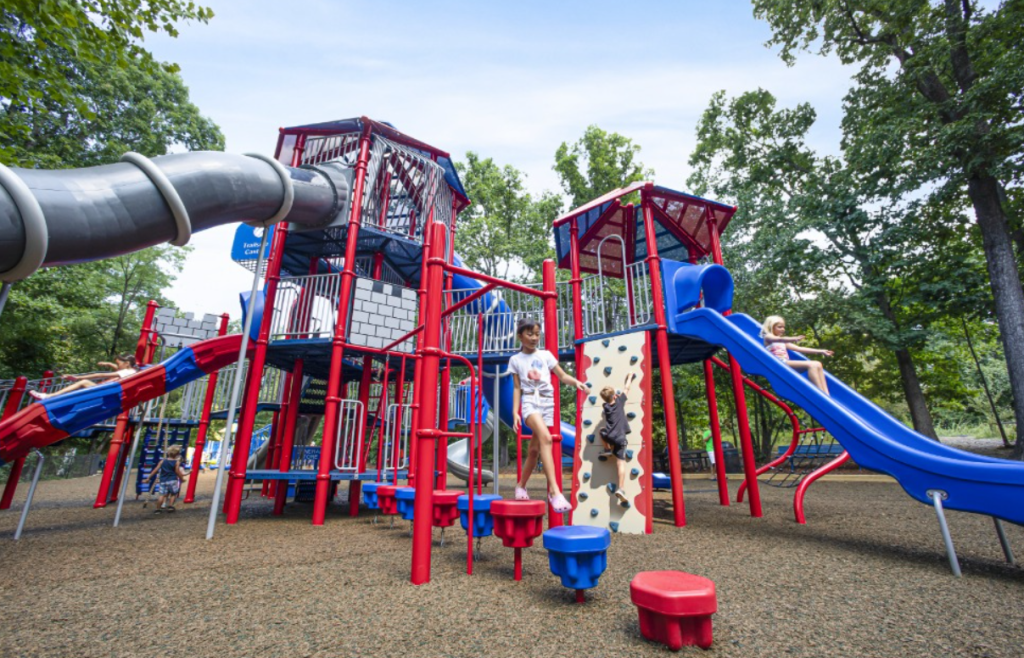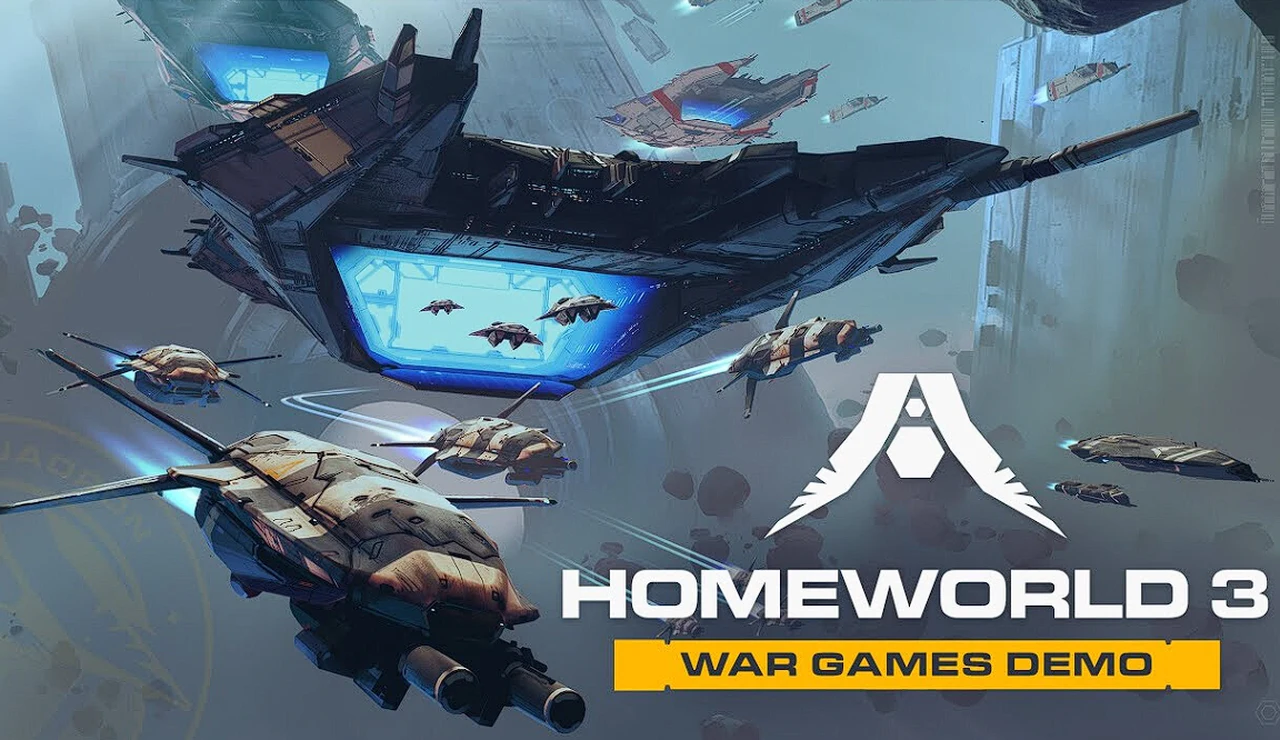
Immerse yourself in the captivating world of Homeworld 3 with the “War Games Demo,” a limited-time event that promises to enthrall fans of strategy games. From February 5 to February 12, players can dive into a unique blend of real-time strategy and roguelike gameplay, available on Steam. This sneak peek into the much-anticipated Homeworld 3 universe is designed to challenge even the most seasoned strategists.
The demo introduces the War Games mode, where players face randomized fleet combat scenarios that test their tactical skills. As you engage in these battles, you’ll discover collectible Artifacts that can be used to enhance your ships, giving you an edge over your opponents. The excitement doesn’t stop there; the demo also supports multiplayer gameplay, allowing you to team up with friends and tackle the challenges together.
Homeworld 3 War Games
As you play through the War Games demo, you’ll find yourself progressing through a system that unlocks new fleets and Artifacts. This progression not only enriches your demo experience but also has lasting benefits. The rewards you earn will carry over to the full version of Homeworld 3, ensuring that your time invested in the demo is not lost.
Play until February 12 at 10am PT.
One of the standout features of the demo is the inclusion of four unique maps. Each map offers a different strategic environment, pushing you to adapt your tactics and think on your feet. Whether you prefer to play solo or join forces with others, the demo caters to both styles of play, supporting up to three players in online multiplayer matches.
Features :
– Multiplayer support for up to three players through Quick Match or private lobbies.
– Progression through the demo allows unlocking of new fleets and Artifacts.
– Persistence of unlocked Fleets and Artifacts into the full game, with a transfer process to be detailed later.
– The necessity for players not using Steam Cloud Saves to retain demo files for progress transfer.
– The demo includes four different maps and various unlockables to enhance gameplay.
– The option to play the War Games mode solo or with friends online, with a maximum of three players.
For those who are not Steam users, there’s no need to worry. The Homeworld 3 War Games demo is also accessible through the Epic Games Store, ensuring that a wider audience can participate in this exciting event. As you make your way through the War Games demo, rest assured that your achievements will not be in vain. A process will be put in place to transfer your progress to the full game. For those using Steam Cloud Saves, your progress is automatically stored. If you choose not to use this feature, be sure to keep your demo files safe for a smooth transition to the complete Homeworld 3 experience.
The Homeworld 3 “War Games Demo” is a must-play event for fans of real-time strategy and roguelike games. With its engaging features, multiplayer support, and a progression system that rewards your dedication, the demo offers a glimpse of the strategic depth and excitement that awaits in Homeworld 3. Mark your calendars and get ready for a week of intense strategic battles and cooperative gameplay.
Filed Under: Gadgets News
Latest timeswonderful Deals
Disclosure: Some of our articles include affiliate links. If you buy something through one of these links, timeswonderful may earn an affiliate commission. Learn about our Disclosure Policy.

